The weather in different parts of the world is different. Some countries have high temperatures all year round, and some countries are located near the polar circle and are very cold. Therefore, these countries often use central heating. This method can not only saves energy, but also reduces environmental pollution.
Central heating is usually achieved through combined heat and power, geothermal, new energy, etc. It is very common in Sweden, Finland, Denmark and other countries. Taking combined heat and power as an example, heating power plants use the waste heat generated in the power generation process to heat water and provide heat to users through heating pipes densely distributed underground in cities. This method can not only greatly improve the efficiency of energy utilization, but also reduce the degree of pollution to the environment.
Not only that, but also many countries adopt "indirect central heating system". This heating system has many advantages:
1. The heat exchanger can be automatically adjusted on a large scale, so that there will be no unbalanced phenomenon of excessive or insufficient heat in any part of the central heating pipe network, improving heating efficiency;
2. The indirect central heating system can keep the district heating pipes at high pressure, hot water can be efficiently transported from the heating power plant to a wider area, and the regulation of heat can be greatly improved.
From the heating methods in these countries, it is not difficult to draw a conclusion that based on the current energy structure, pipe network system and management mode of central heating. The future development direction of the urban heating industry in the future is as follows:
1. Increase the development and utilization of new energy;
2. Design of large pipe diameter direct buried heating pipe;
3. Research on heating equipment with stronger energy saving.
Micro Sensor Provides Professional Monitoring Equipment for the Heating Industry
Heating Power
As the operating unit between the heat source station and the user, Heating Power plays a role in supervision and deployment of heat metering and water volume in the heat pipeline.
The basic process: heat source station—heating pipe network—community heat exchange station—heat transfer. The metering work between the heat source station and the community heat exchange station is under the jurisdiction of the Heating Power, so the role of the flow meter is obvious.
In addition, the Heating Power also has a demand for portable ultrasonic flowmeters, mainly to monitor whether the flow of the heating pipeline is up to standard during the inspection process, so as to ensure that the random inspection results are consistent with the flow of the main network, and ensure that the heating pipeline is normal.
Heating Equipment: (Heat Exchange Station, Boiler)
There are usually two specific usages for the application of plate heat exchangers:
1. Flow Measurement of Water Supply System
Most of the water replenishment pipelines use an integrated electromagnetic flowmeter, which is generally used in conjunction with a water replenishment pump. When the amount of water in the heating pipe network is less than the normal value, the replenishment pump starts to replenish water, and the amount of replenishment water can be monitored through the flow meter. When the replenishment water reaches the system requirement, the replenishment pump will stops working.
The amount of water replenishment is an accurate value, and the flowmeter used in the water replenishment system needs to be highly accurate and stable.
2. Flow Measurement of Water Supply Network
Most of the primary and secondary water supply networks use split electromagnetic flowmeters. Due to the high temperature of the water supply pipe network and the low temperature of the outlet pipe network, the electromagnetic flowmeter is generally installed on the outlet pipe network. However, some heat exchange stations can only be installed in the water supply pipe network due to the actual working conditions on site, which requires the electromagnetic flowmeter to be resistant to high temperatures. The water supply network often has negative pressure during maintenance or other emergencies, so the flowmeter installed on the water supply network must have good negative pressure resistance.
Geothermal well: (geothermal well + heat exchange station)
In some areas, due to the year-by-year decrease in winter temperature, there is no central heating coverage in the local area. So the heat-consuming departments will use underground hot water to pass through the heat exchanger, and then achieve the purpose of heating.
The general process: heat source well - extraction of underground hot water - heat exchange station - heat utilization and groundwater back discharge.
The whole process needs to monitor the groundwater flow rate and recharge flow rate. This is not only to ensure the normal operation of the heating system, but the most important concept of environmental protection, and not harm the ecological environment.
Aiming at the product application and usage characteristics of the heating industry, Micro Sensor recommends MFE600E series electromagnetic flowmeter and MFU2000 ultrasonic flowmeter for monitoring pipeline flow.
Recommended Product
1. MFE600E Series Electromagnetic Flowmeter
· Accuracy performance: the accuracy level of the static mass method water flow standard device is 0.05, and the product can generally reach precision of 0.2;
· Pressure resistance level: unique electrode and lining technology can achieve a maximum pipeline pressure resistance of 25MPa;
· Flexible power supply mode: meet all-weather application requirements, with multiple options for power supply;
· All-round system docking: the signal output type covers almost all kinds of needs in the industrial field: analog signal, digital signal, wired output, wireless output;
· Site adaptability: various installation methods.
· certificates: explosion-proof, hygienic certification, CE certification and other certification certificates.
· Simultaneous detection of multiple parameters: flow, pressure, temperature detection at the same time.
2. M20 Pressure Transmitter
· Range: 0~0.25Bar to 0~250Bar
· Accuracy: ±0.5%FS
· Output signal: 4mA ~ 20mA DC 0V ~ 5V DC 1V ~ 5V DC 0V ~ 10V DC 0.5V ~ 4.5V DC
· Medium temperature: -30℃~85℃
· Storage temperature: -40℃~100℃
· Structural features: fully welded, adapted to the breathable membrane
· Protection: IP65, IP67 IEC 60529
3. WZ Integrated Temperature Transmitter
· Range: -200℃~500℃
· Accuracy: ±1%FS
· Power supply: 10V~30V DC (2-wire); 15V~30V DC (3-wire)
· Output signal: 4mA~20mA DC (2-wire); RS485; HART
In the future, Micro Sensor will continue to be committed to providing professional monitoring solutions and customized products for the heating industry.
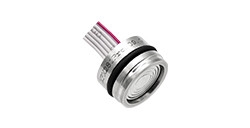

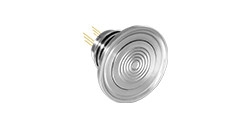

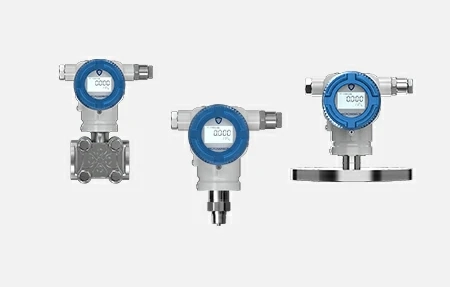

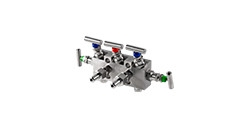
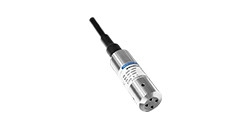
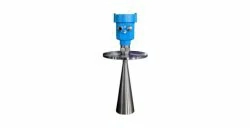


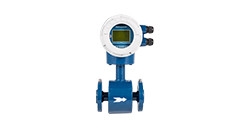
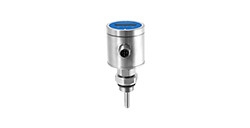

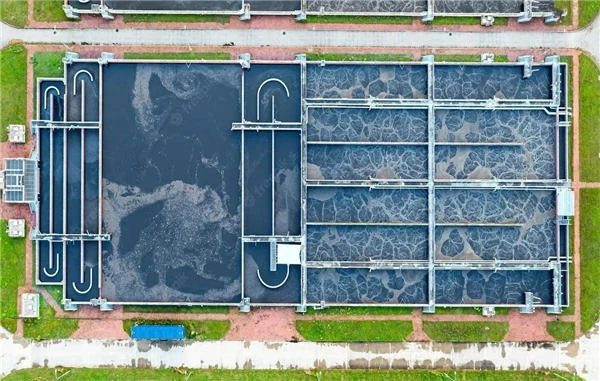
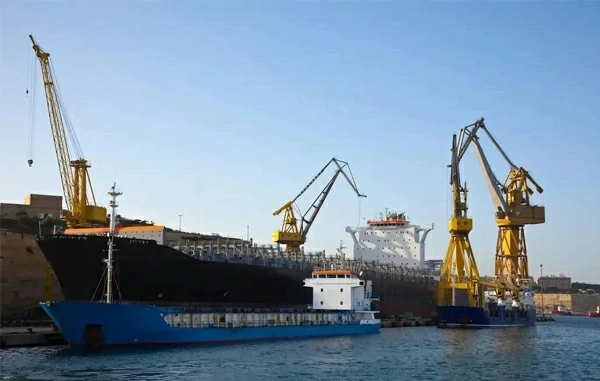
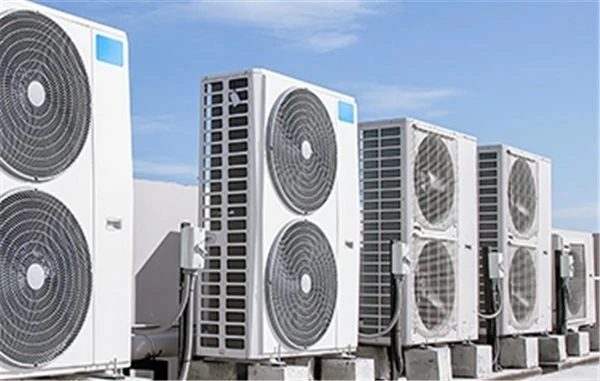

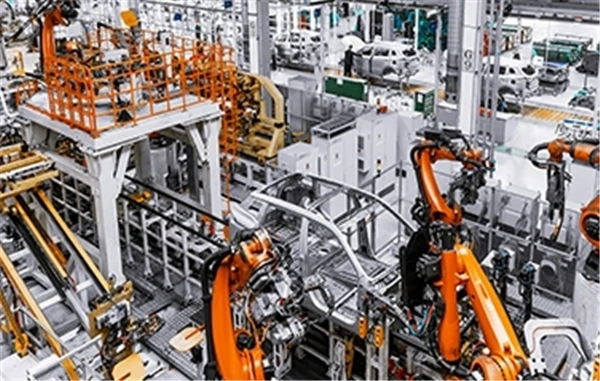
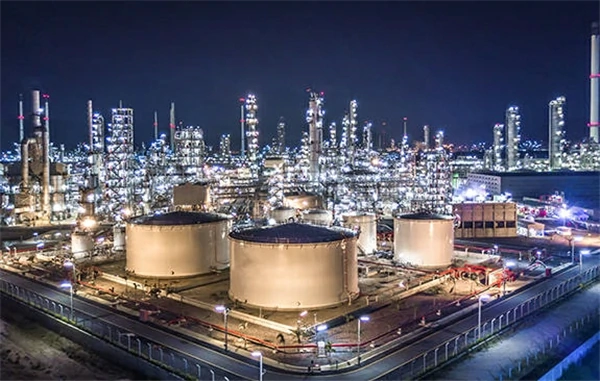
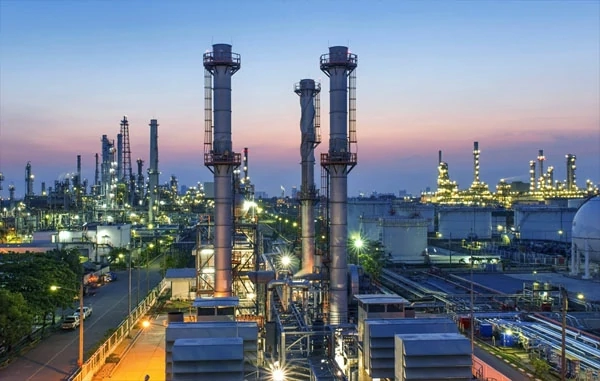
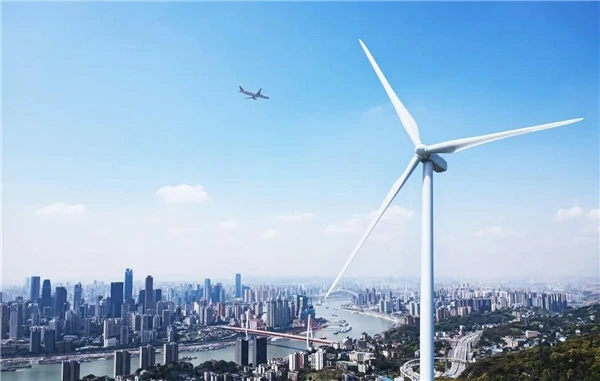
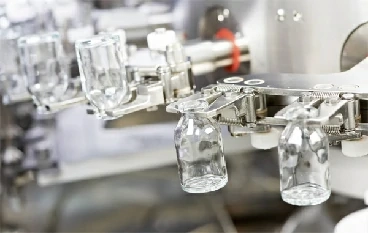
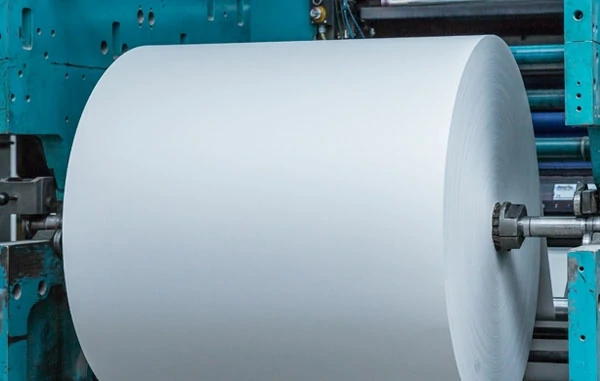
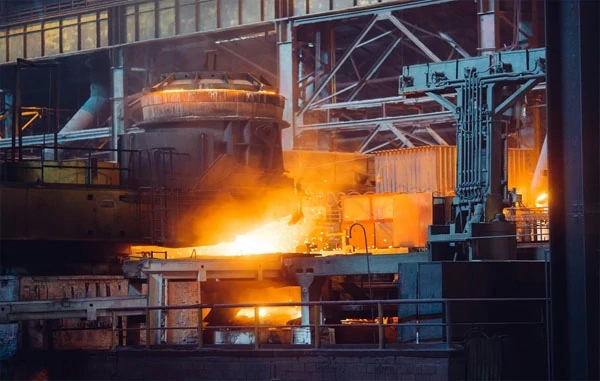
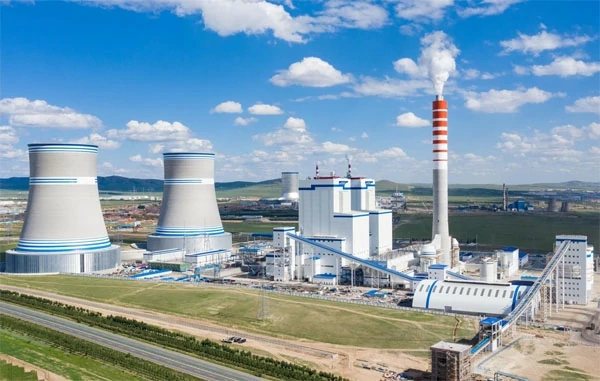
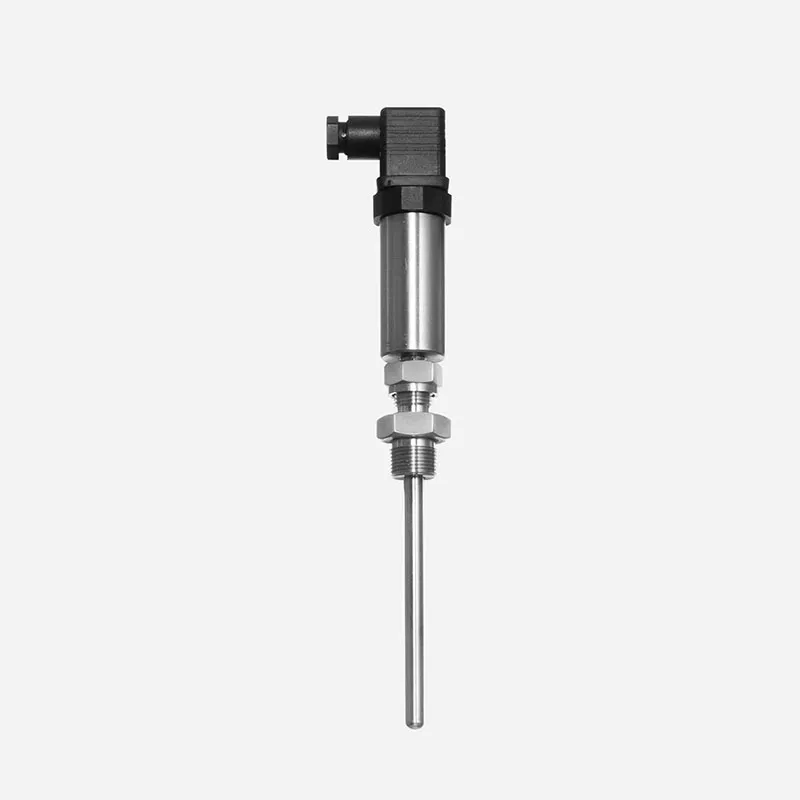
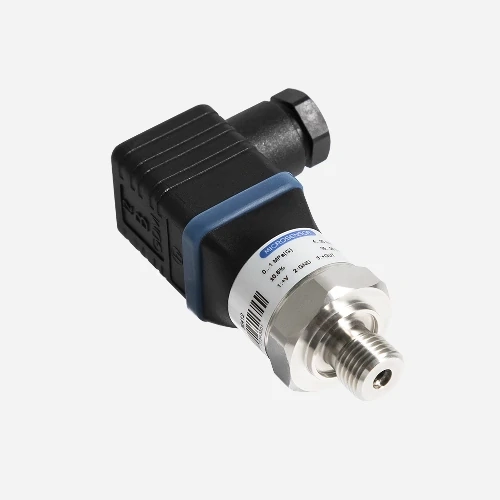
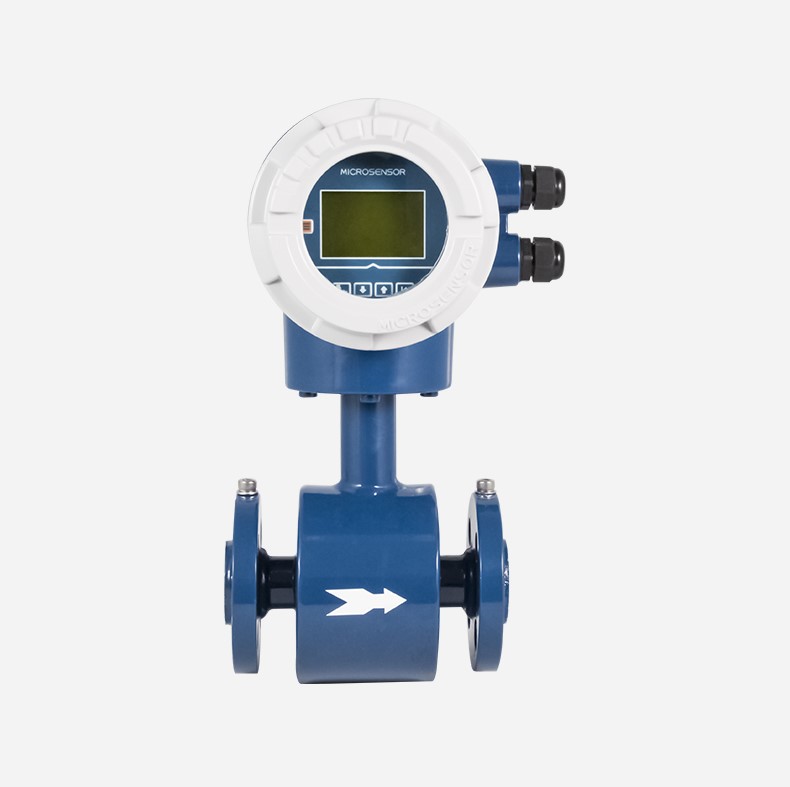
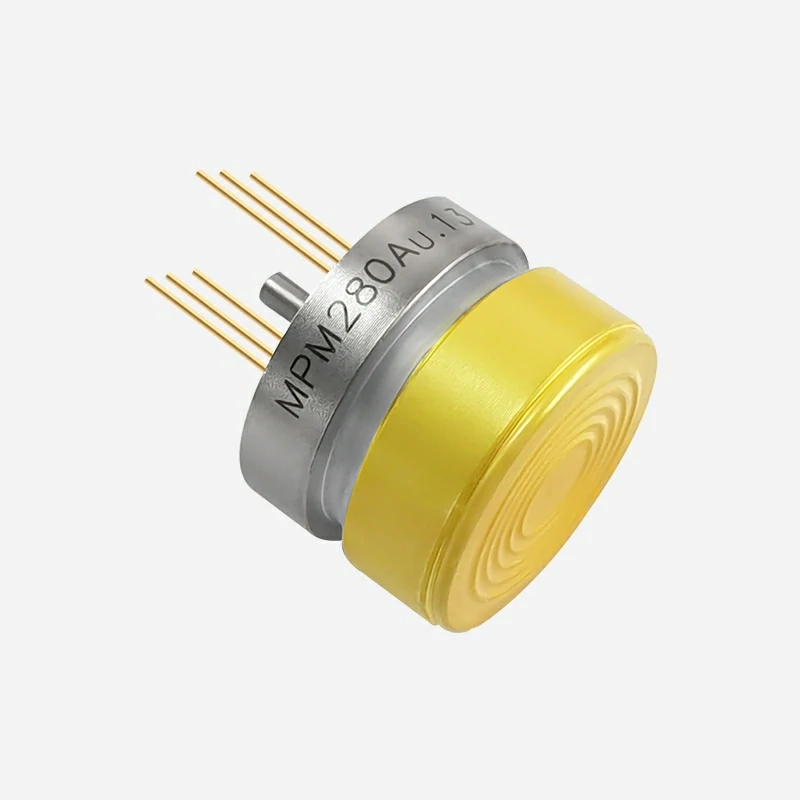
 Copyright © 2025 MICRO SENSOR CO., LTD
Copyright © 2025 MICRO SENSOR CO., LTD